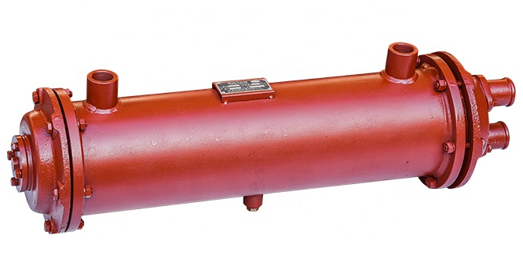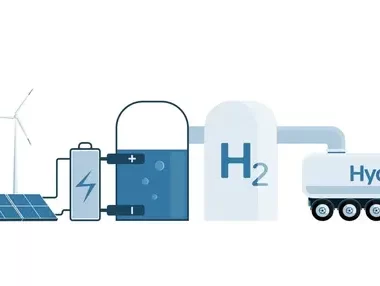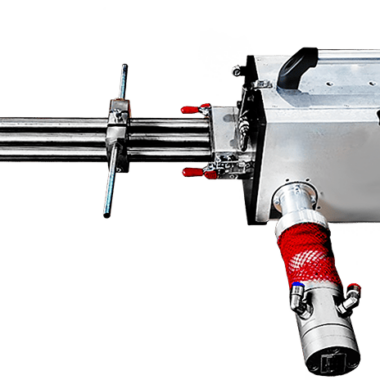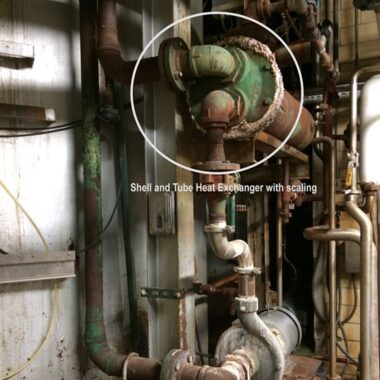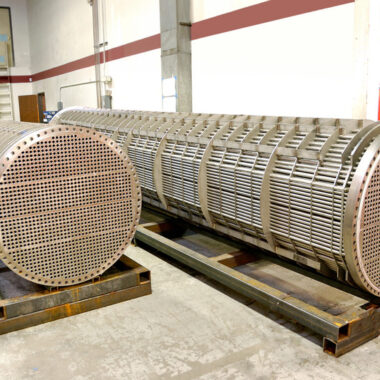Shell and Tube Oil Cooler Manufacture
Shell and Tube Oil Cooler Manufacture
Shell and tube oil coolers are fundamental heat exchangers utilized to cool greasing up and pressure driven oils in different industrial and mechanical applications. Fabricating these coolers includes a detailed handle that guarantees solidness, efficiency, and unwavering quality. Here’s an overview of the fabricating handle, key components, and applications of shell and tube oil cooler manufacture :
Manufacturing Process
Design and Engineering:
Custom Design: Each oil cooler is outlined based on particular necessities, such as oil flow rate, temperature, pressure, and cooling medium.
Simulation and Testing: Computer recreations and prototypes are tried to guarantee ideal execution and efficiency.
Material Selection:
Tubes and Shell: Regularly made from materials like stainless steel, copper, or brass for corrosion resistance and thermal conductivity.
Tube Sheets and Baffles: Made from durable metals to withstand tall weights and temperatures.
Gaskets and Seals: Chosen based on the sort of oil and cooling medium to prevent leaks and guarantee longevity.
Fabrication:
Tube Arrangement: Tubes are cut to the desired length and experience forms like finning (if required) to increase surface region.
Tube Sheet Drilling: Tube sheets are bored precisely to suit the tubes.
Gathering of Tube Bundle: Tubes are inserted into the tube sheets and safely affixed. Baffles are included to coordinate the flow and upgrade heat exchange.
Shell Development:
Shell Formation: The shell is manufactured from metal sheets, rolled and welded to create a cylindrical structure.
Nozzle Attachment: Inlet and outlet nozzles are welded onto the shell for the oil and cooling medium.
Final Assembly:
Insertion of Tube Bundle: The gathered tube bundle is inserted into the shell.
Fixing and Welding: End plates are welded or bolted to the shell, and the unit is sealed with gaskets and fasteners.
Pressure Testing: The complete assembly experiences thorough pressure testing to guarantee there are no leaks and it can handle the specified working conditions.
Surface Treatment and Coating:
Anti-Corrosion Coating: The outside surfaces are coated with anti-corrosion materials to enhance durability.
Painting: The final unit is painted for extra protection and aesthetic offer.
Quality Control and Inspection:
Non-Destructive Testing (NDT): Procedures like ultrasonic testing and radiography are utilized to detect any internal defects.
Execution Testing: The cooler is tested beneath simulated working conditions to confirm its performance.
Key Components
Shell:
Houses the tube bundle and gives a pathway for the oil to flow over the tubes.
Tube Bundle:
Comprises different tubes where the cooling medium flows. The oil flows over these tubes, transferring heat to the cooling medium.
Tube Sheets:
Secure the tubes in put and separate the oil from the cooling medium.
Astounds:
Direct the oil flow inside the shell, expanding turbulence and improving heat transfer.
Nozzles:
Give section and exit points for the oil and cooling medium.
End Plates:
Seal the closes of the shell and ensure a leak-proof gathering.
Applications
Hydraulic Systems:
Utilized to cool hydraulic oil in apparatus and hardware, preventing overheating and guaranteeing effective operation.
Marine Engines:
Cool lubricating oil in marine engines, improving execution and extending motor life.
Industrial Machinery:
Basic in cooling lubricating and hydraulic oils in compressors, gearboxes, and other industrial machinery.
Automotive Industry:
Utilized in cooling engine oil and transmission fluids in heavy-duty vehicles and high-performance cars.
Power Generation:
Cool greasing up oil in turbines and generators, guaranteeing smooth and effective power production.
Conclusion
The make of shell and tube oil coolers could be a fastidious process that includes exact building, cautious material choice, and thorough testing to guarantee high execution and reliability. These coolers play a significant part in different industries by maintaining ideal oil temperatures, improving equipment proficiency, and preventing overheating. With their strong development and productive plan, shell and tube oil coolers are indispensable in applications where solid and effective oil cooling is foremost.
